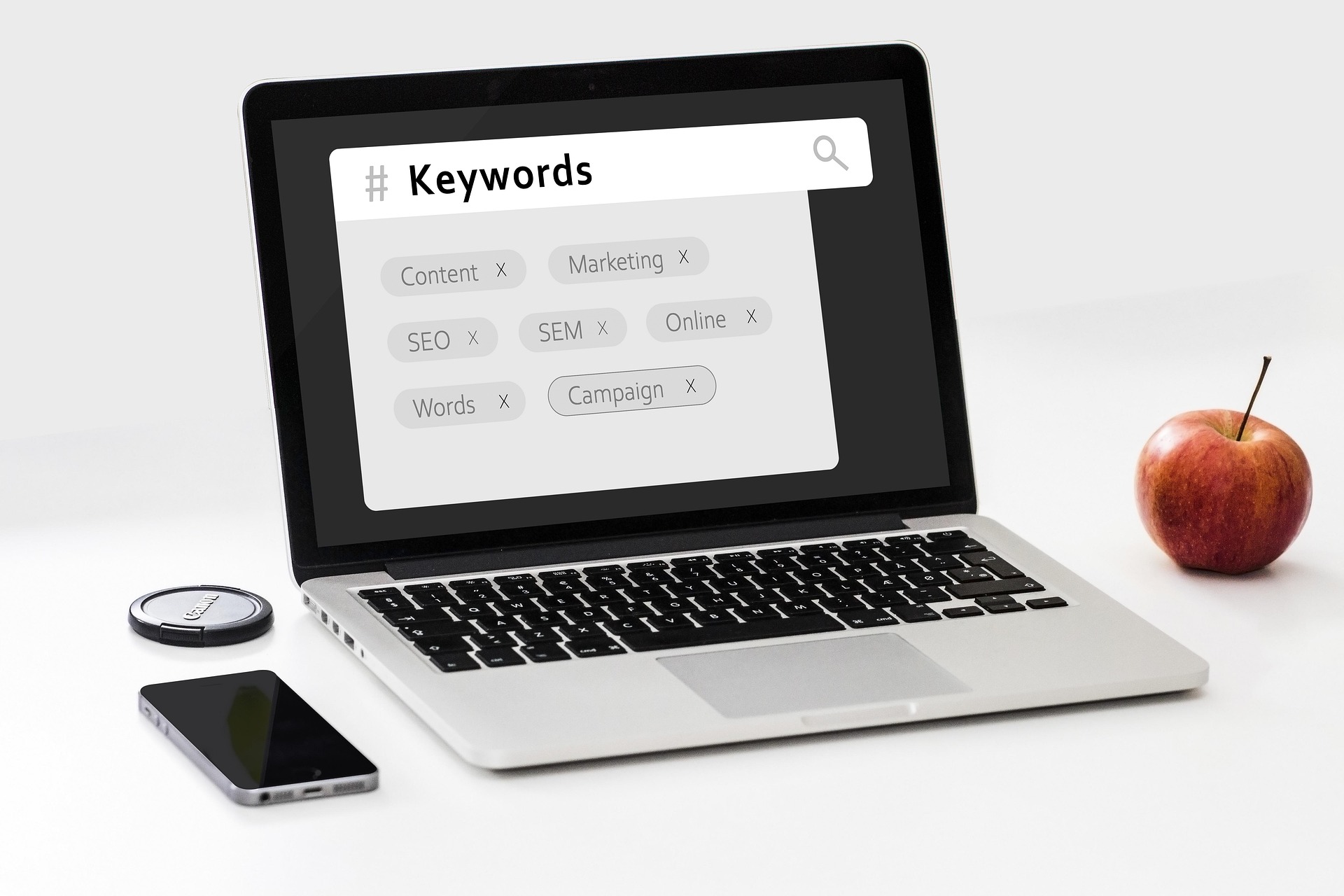8 Questions To Consider When Designing Packaging
- 05 Jan 2021
- Articles
Important Thing To Consider
Before designing a package, whether food containers or white postal boxes, aspects such as the manufacturing material, the products to be contained and their volume must be taken into account.
Every day it is more important to design and produce packaging that meets requirements such as costs, strengthening the brand, or generating some kind of purchase desire. Also, packaging should be visually attractive, meet usability criteria, be sustainable, competitive and can even patentable.
A headache for creatives is thinking about how to design a different product from the competition, which cannot be equal and at the same time offers a value that the consumer is willing to pay for. Sometimes a striking project fails to stand out because it does not meet the minimum engineering requirements to be a technically functional packaging compatible with production lines.
To arrive at a global conceptualization, before you start the design and development of a package, it is convenient to make a checklist, answering the eight points that are listed below.
1. What Will Be In Your Content?
Having defined what the packaging will contain, it is possible to be more assertive to easily choose its material, representation, shape, colour, decoration, and it is even possible to calculate the ideal weight.
2. What Material Should It Be Made Of?
The packaging protects its contents against blows or abuse during transport and handling. In the food sector, it is important to think about protecting them against oxygen, gases, water vapour and even aromas, all to extend the useful life of products and protect the nutrients against bacteria. Likewise, if you think of margarine, for example, it produces chemical reactions that attack plastic packaging, so you must study the materials and components of the formulation well.
3. What Capacity And Fill Level Will It Have?
One of the most frequent problems is miscalculating the size of the packaging, due to the lack of knowledge of the density of the product or food to be packed. Sometimes creatives and engineers define an incorrect volume of content, having to make adjustments to the design, a process that takes more time and even incurs higher expenses than initially defined.
For those products that are to be packed with additions of cereal, fruit, dessert or any other companion, so that the consumer can mix it with the main product, containers that have sufficient volume inside must be designed. The internal headspace must be calculated since this could encourage the collapse or deformation of the container due to changes in atmospheric pressure.
4. What Is The Filling Temperature Of The Product To Be Packed And Of The Distribution Chain?
It is important to know what the temperature of the product to be packed will be since sometimes this is a limitation in the design or material to be chosen. Not all materials withstand high temperatures; for example, some products, when they are packaged, cannot be sealed immediately with 100% tightness, since the gases produced by this process can be trapped, generating deformations.
In the case of products that are subjected to temperatures below -30° C, specific designs and materials must be used, to avoid susceptibilities to rupture due to occasional impact.
5. How Will It Be Decorated?
There are several types of decoration for a product on the market. Among the most common we have printing, shrink sleeves, self-adhesive labels, cardboard sleeves and IML (in-mould labelling). Before designing, you must establish how you will decorate the container, as this could limit and direct the ideal shape of the package.
6. Will The Package Fit Or Be Assembled With Another?
Many of the packages have an additional assembly process, it may well be a lid, base or other elements. Having this information is extremely important to define what the system and control fit between the two elements will be like.
7. What Technology Is Available For Manufacturing?
The creative and the engineer must work as a team. Many times the creative is unaware of the manufacturing technologies and upon reaching production the risks materialize, generating reprocessing and sometimes major modifications in the design.
8. How Are The Filling Machines On The Production Line?
It is extremely important to customers that their products work properly on their production lines. So, the entire system must be known first-hand: from the moment of loading, through the filling and sealing processes, to the final packaging. This will help the engineering and design areas to have an acceptable product.
All these considerations, added to other design factors, such as draft angles, gap or stacking systems, make a product visually attractive for the end consumer and technically viable for the customer.







